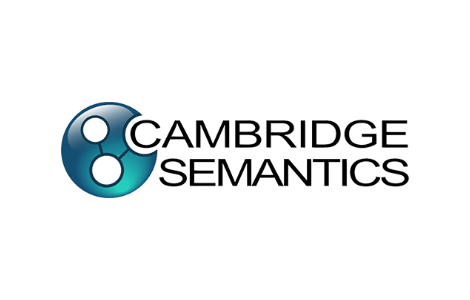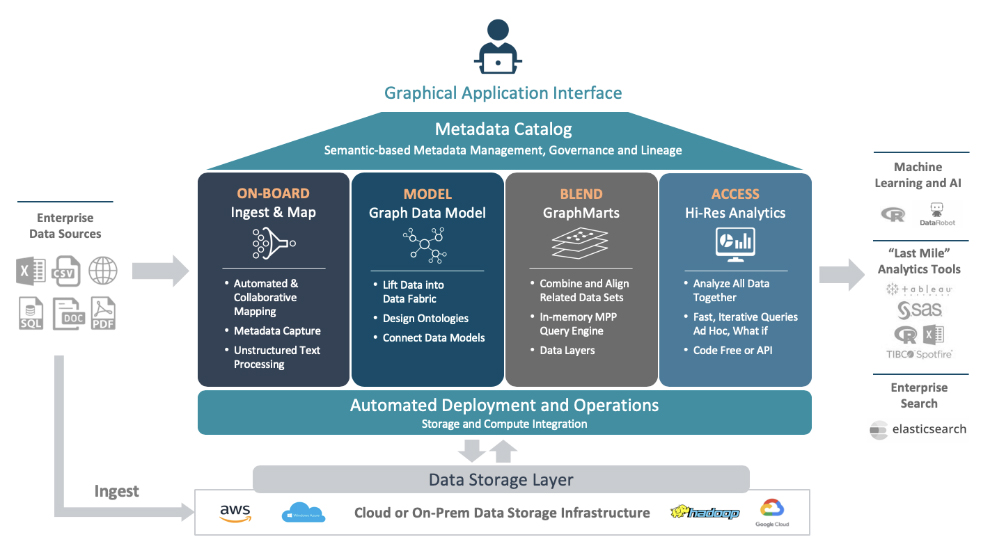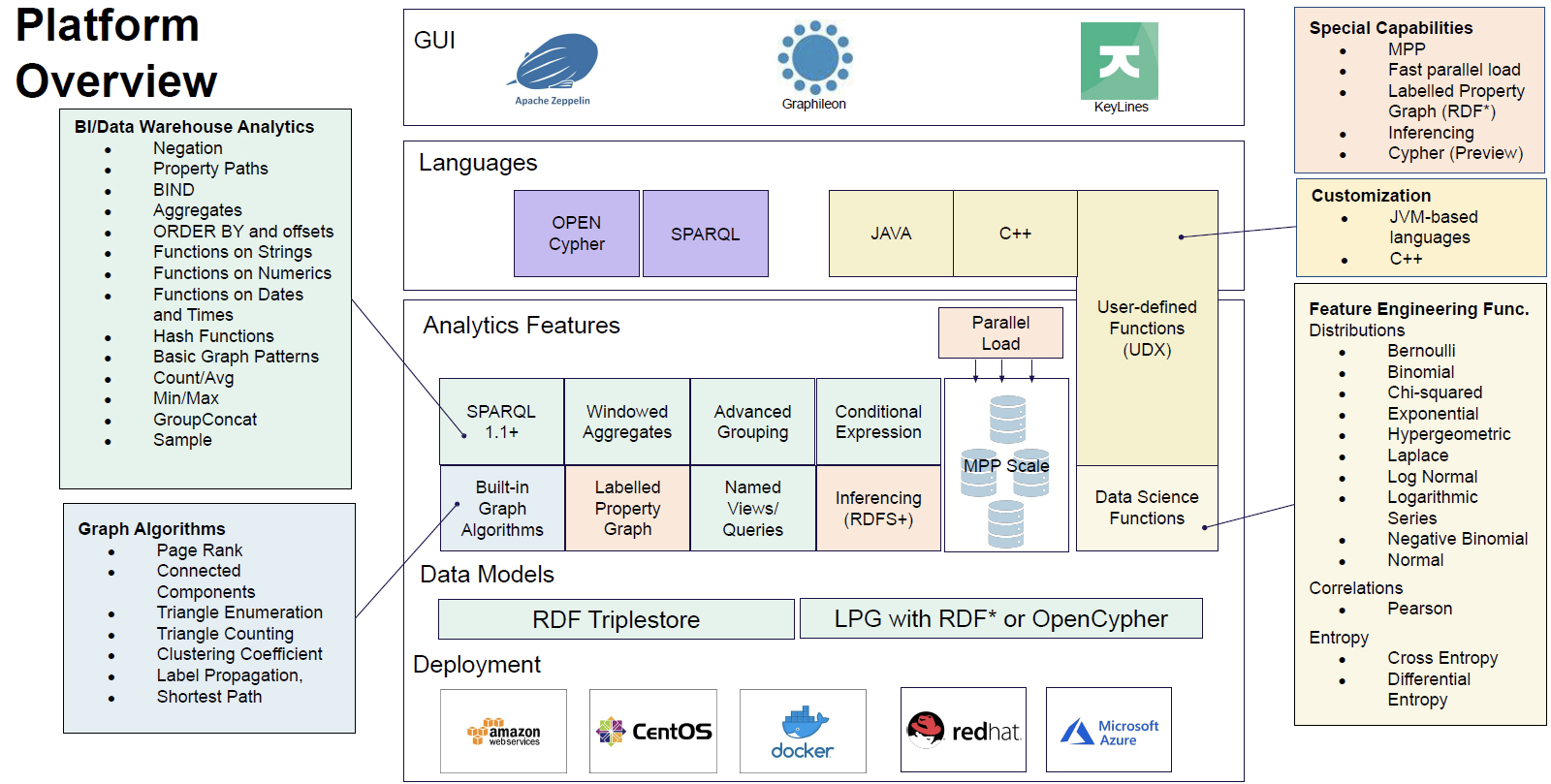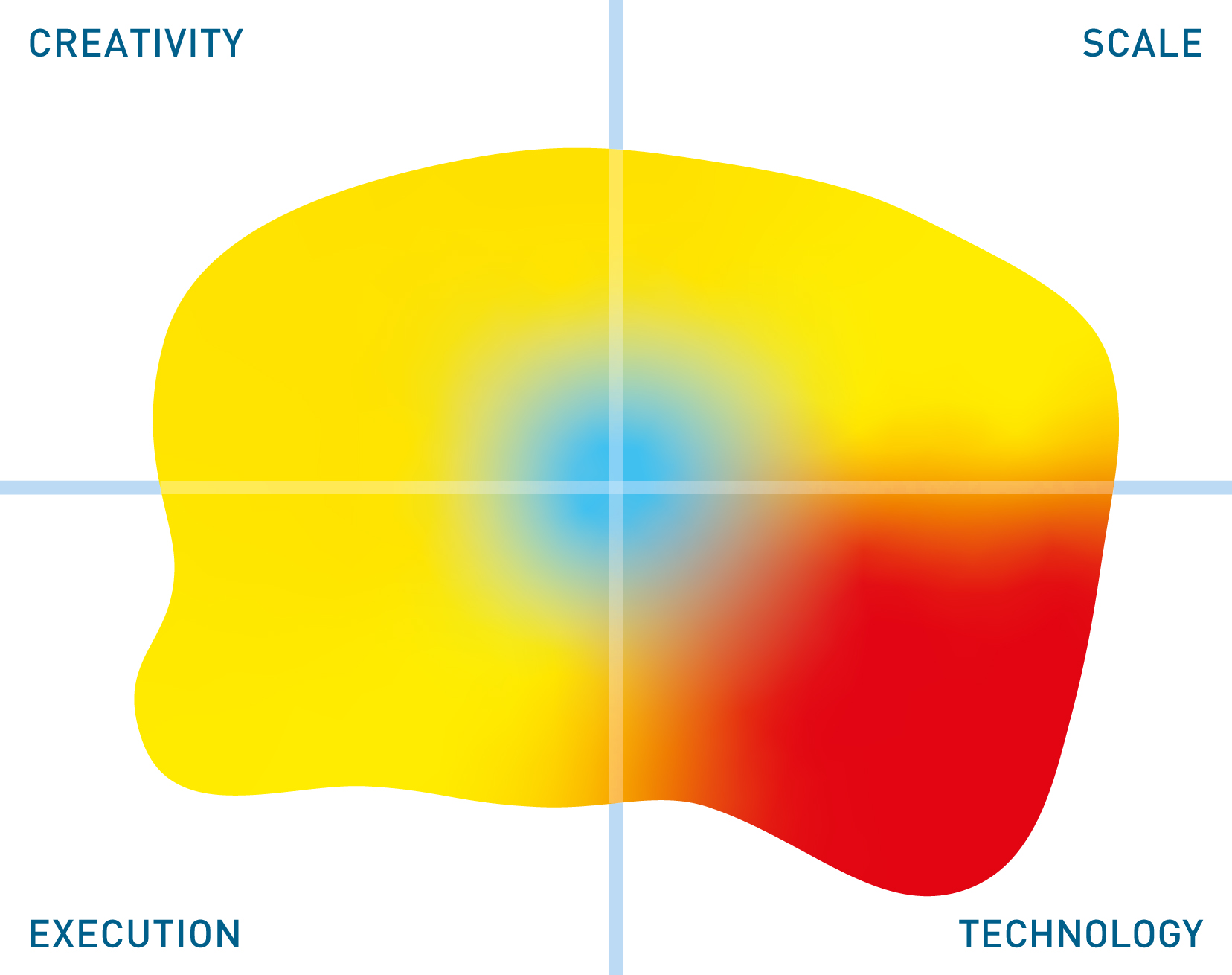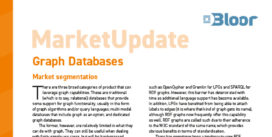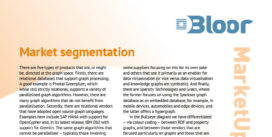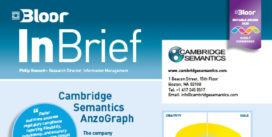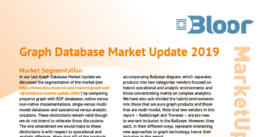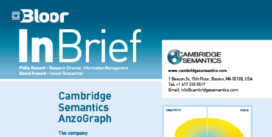Cambridge Semantics
Last Updated:
Analyst Coverage: Philip Howard and Daniel Howard
Cambridge Semantics is a private company based in Cambridge, Massachusetts. It was founded in 2007 to support a semantically oriented approach to big data and the enterprise information fabric. In January 2016 it acquired SPARQL City, the company behind the development of the SPARQLverse graph database. Cambridge Semantics has various consulting, systems integrations and other technology companies as partners and its focus is in financial services, pharmaceuticals and life sciences, healthcare, Insurance, government, material sciences and retail. Customers include Merck, Johnson & Johnson, Bristol-Myers Squibb, Lilly, Credit Suisse, Roche, Novartis and The Mayo Clinic amongst others.
The company offers two products: Anzo and AnzoGraph. The latter, a graph database, is available in both a Free Edition (which has usage limitations) and an Enterprise Edition. It is also available both in-cloud and on-premises. The former, although previously described as a data fabric, has matured into (and is positioned as) a platform for building and using knowledge graphs, with the particular goal of enabling more effective utilisation of analytics and data integration at the enterprise level. It incorporates AnzoGraph as part of its functionality, using it as its underlying graph engine, and can be deployed in the cloud alongside Kubernetes.

